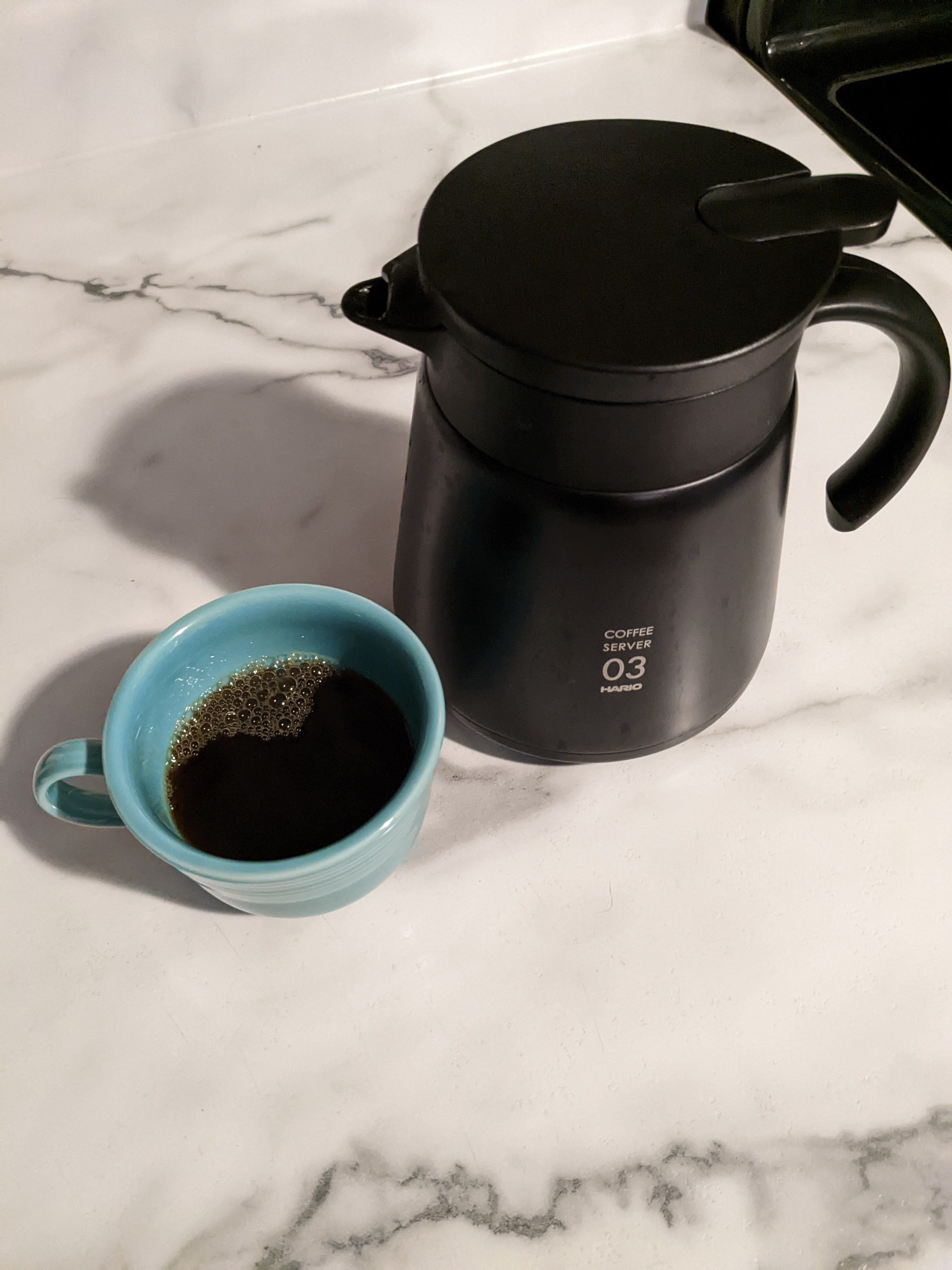I really think the learning curve will be less than you think. Please consider at least reading the installation instructions. Here's the page for linuxserver.io's maintained plex docker container. I've linked to the usage section, where you can copy the compose file to deploy it. https://github.com/linuxserver/docker-plex?tab=readme-ov-file#usage
If you use docker, it doesnt matter the distro. And to use docker, you dont really need to understand how/why it works. As long as you can take an example compose file and spin it up (docker compose up) it'll be less complicated in the long run than managing plex on the host machine (or most software for that matter, which is why containerization is so popular.)
Whats the easiest way to contribute to the simplex communication network? When I run a relay node, how do I notify the network that my instance exists
Ive used easytag in the past.
As a community, I do think we get hungup on distros. Most of them, as you mentioned, are just different defaults of the same packages.
But at the maintainer level, I do think theres a lot of work distributions do at making sure the software they choose as defaults are up to date, secure, and work with one another. I dont enounter it often, but relying on maintainers to prevent mismatched depencies ending up in the day-to-day linux user has to be worth something. And every set of defaults needs that level of assurance, I would think. Im not a maintainer, I could be off here.
Sometimes the app just shows a barcode that they scan. I always screenshotted the barcode and deleted the app. Better yet, save the barcode in catima https://catima.app/
To be fair, you're taking on a lot of new things at once. You can spin up docker containers on windows too, all while using a UI. I think it's great your exposing yourself to self hosting, linux, command line interface, and containerization all at once, but don't beat yourself up for it taking longer than expected. A lot of it takes time. I encourage you to keep trying and playing. Good luck!
Theres so many. Check out the awesome list: https://github.com/awesome-selfhosted/awesome-selfhosted
I think your stategy should be one service at a time. Do everything in docker, and start by tackling a simpler service. For example, you should try paperless-ngx. Absolute game changer. I didnt realize how much managing ny own directory structure sucked until I used this. Then, grow your service list more and more!
Bonus pic with my teacup

You'd have to explain how gimp doesnt suit your needs, because in the open source world its best in class for photo editing.
Examining my disk partitions with df is ruined now. Every snap gets its own virtual disk.
Logicservers is what I use. Its good. The multicraft UI kind of blows though, its also an old version. But they provide the .minecraft folder over ftp so you get full control. A lot of minecraft hosting dont give you that control and they artificially limit you, like capping player counts. Logicservers prices things based on hardware, not "features" like player counts or modding capabilities.